Parasite, << PAR uh syt, >> is a living thing that feeds off another living thing, called a host. The parasite may consume nutrients from the host’s body or steal them from the host’s diet. Unlike predators (hunting animals), parasites consume relatively small amounts of the host’s resources at a time.
Most parasites live inside or on the surface of their hosts. Some parasites live in a host’s blood, intestines, or body tissues. Such parasites as lice live on the skin. Other parasites, such as mosquitoes, may spend only enough time with a host for a single meal.
Nearly every major group of organisms (living things) includes species (kinds) that are parasites. Nearly every living thing is a host to one or more parasite species.
Many bacteria and all viruses can be considered parasites. However, bacteria and viruses are often considered separately from other parasites. This article deals with nonbacterial and nonviral parasites. For more information on bacteria and viruses, see Bacteria and Virus.
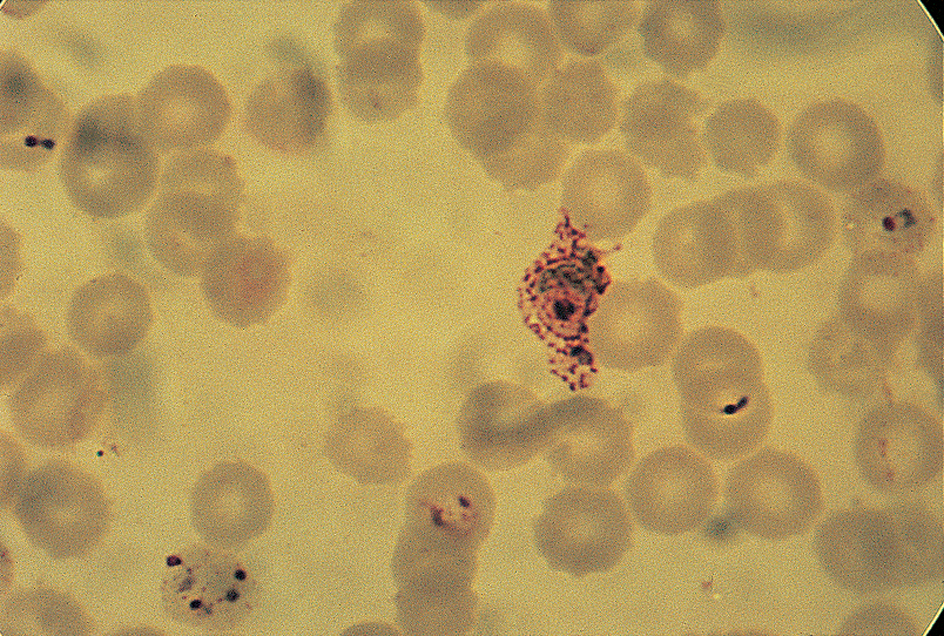
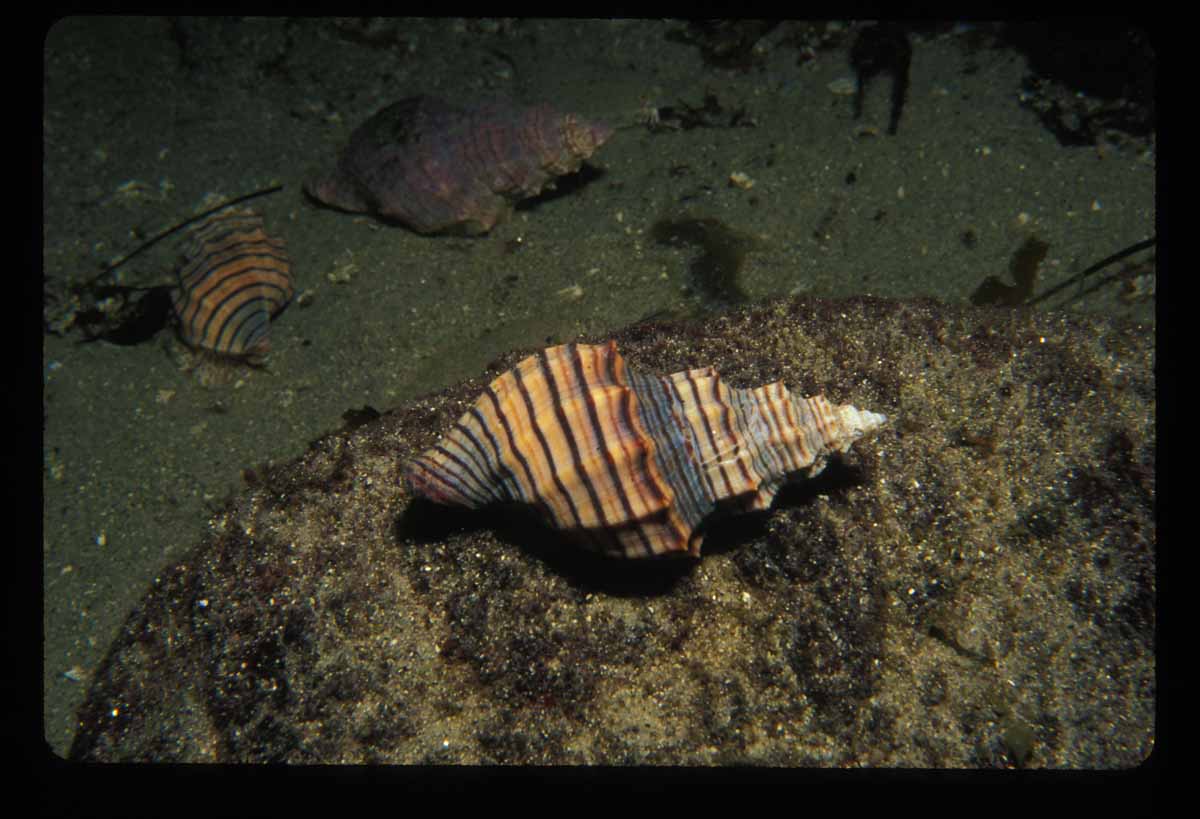
Effects.
Parasites cause elephantiasis, malaria, river blindness, sleeping sickness, and many other human diseases. Roundworms and flatworms can infect humans. People also are harmed by leeches, mosquitoes, ticks, and other parasites that feed on blood.
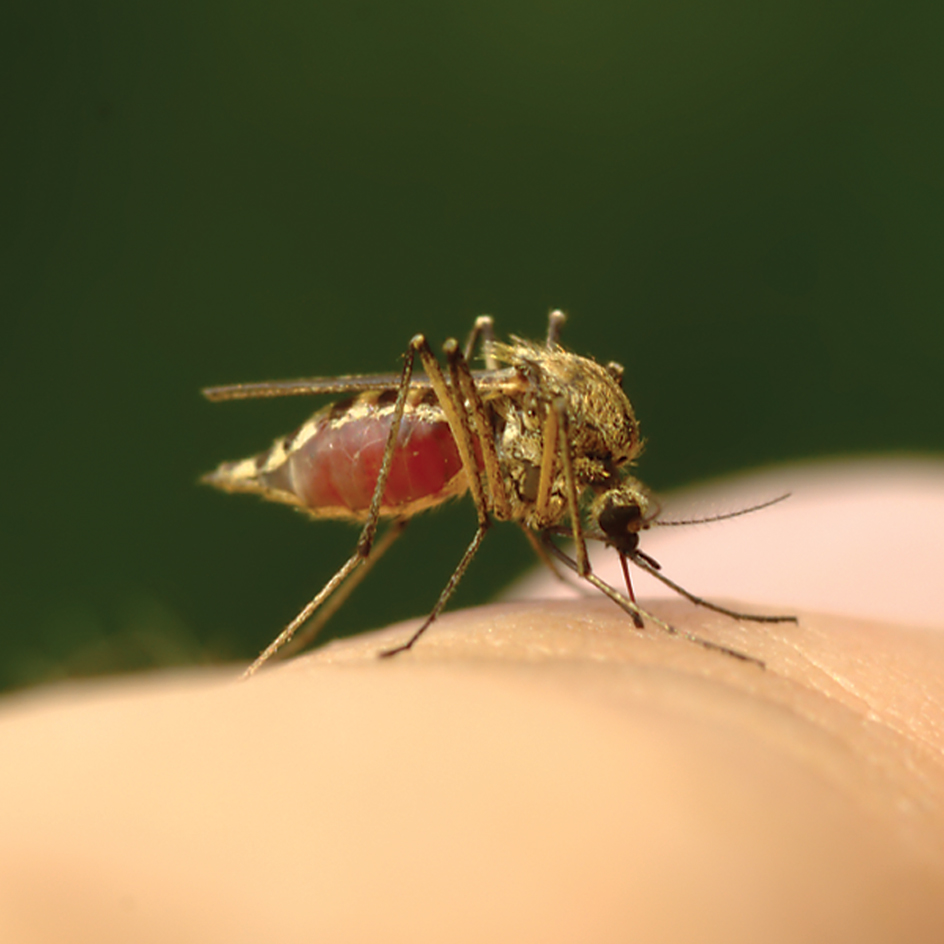
Parasites also cause diseases in livestock and crops. Among livestock, parasites cause Texas cattle fever, toxoplasmosis, trichinosis, and other diseases. Among crops, parasites cause rust, smut, and other diseases. Certain plants are parasites themselves. For example, a weed called dodder steals water and nutrients from such crop hosts as alfalfa, clover, and flax.
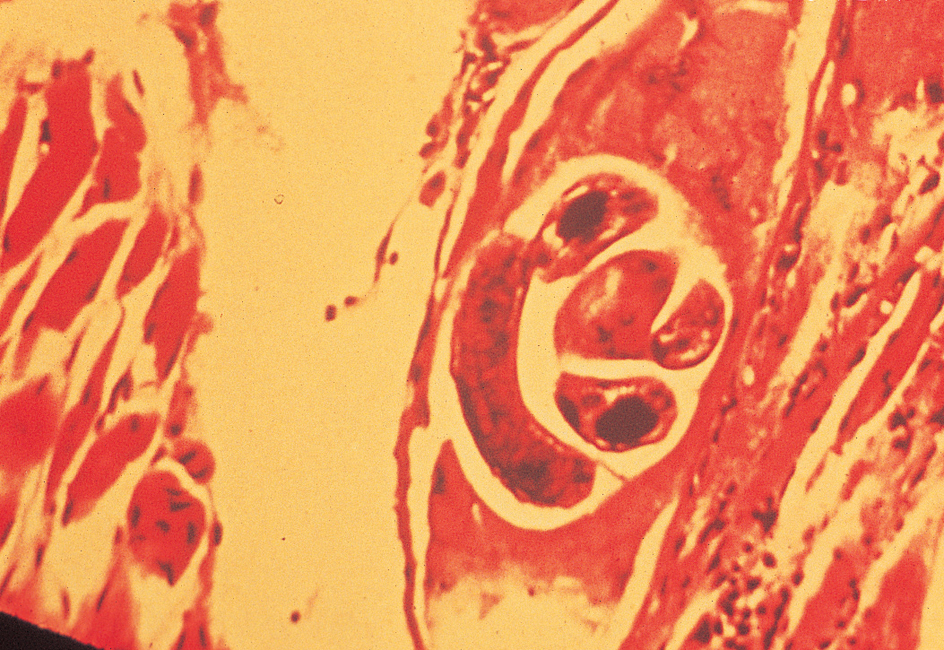
Every parasite harms its host to some degree. But parasites vary in the harm they cause. This variation reflects the needs of the parasite. For example, the adult of a species of thorny-headed worm lives in the intestines of a bird. The worm steals nutrients from the bird, which it uses to produce eggs. If the worm caused the death of the bird, the worm would interfere with its own reproduction. Therefore, the worm does relatively little harm to the bird. However, the larva (young) of this same species of worm lives in a pill bug. To mature and reproduce, the worm must enter a bird. For this reason, the parasite causes the pill bug to behave recklessly, increasing the chances that it will be eaten by a bird. The larval worm must cause the death of its host to reproduce.
Types.
One method of classifying parasites depends on where they live. Parasites called ectoparasites live outside the host. Ectoparasites include chiggers, fleas, leeches, lice, mosquitoes, and ticks. Parasites called endoparasites live inside the host, in the blood, intestines, or body tissues. Endoparasites include certain worms and single-celled organisms called protozoans.
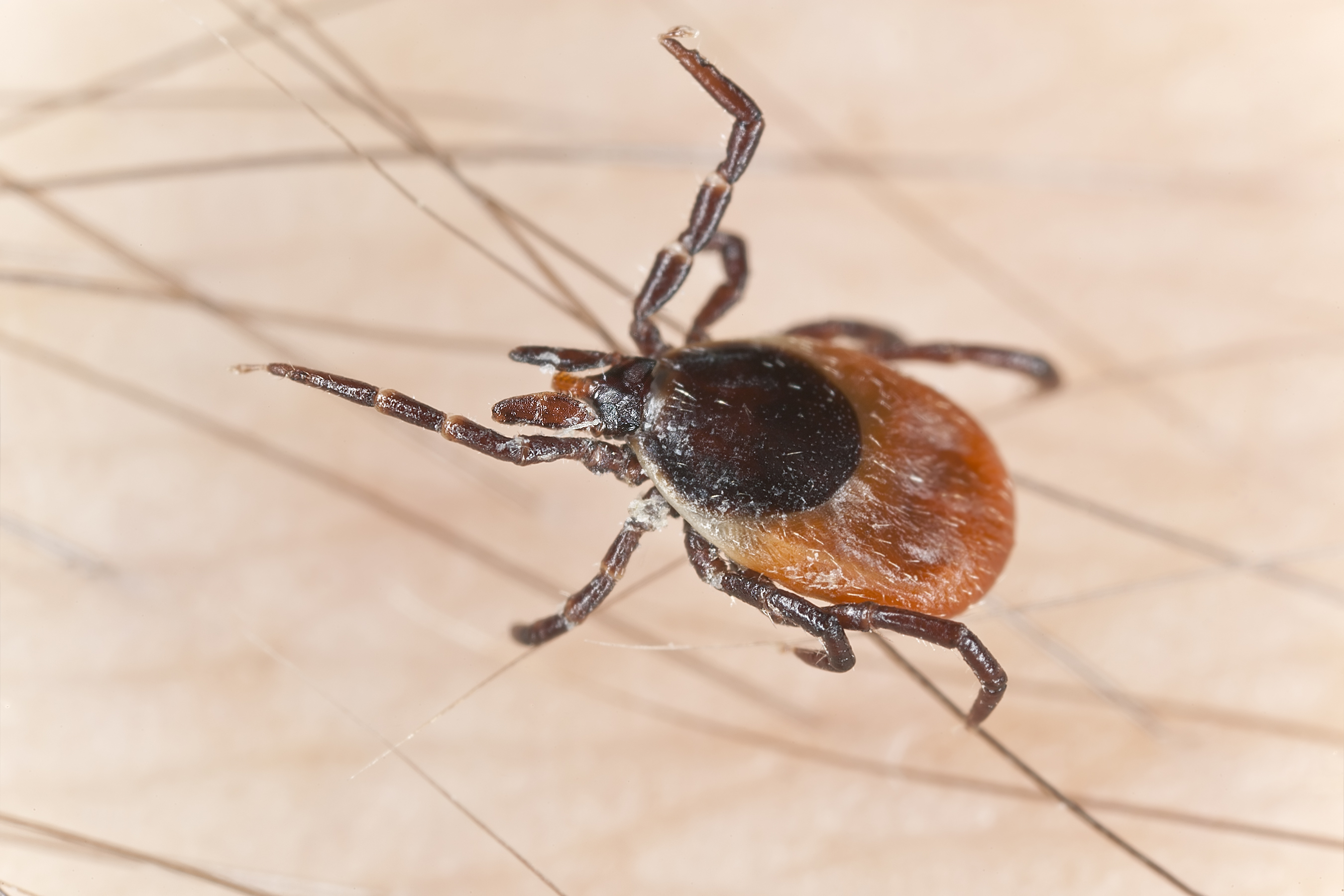
An ectoparasite
lives outside its host. An ectoparasite may feed on skin or feathers. Many ectoparasites feed on blood. The host may kill them if it detects their presence. As a result, ectoparasites have adaptations that help them to avoid discovery. For example, the saliva of leeches includes a chemical substance that prevents the host from feeling the bite.

Ectoparasites generally do not cause serious damage to a host. But ectoparasites may deliver harmful microbes. For example, a mosquito that bites a human being may deliver a protozoan called Plasmodium. This parasite causes the disease malaria.
An endoparasite
lives inside its host. An endoparasite may be a protozoan. These microscopic organisms may enter the host through the bite of an ectoparasite, such as a mosquito. They may also enter the body with food or water. Many parasitic protozoans, such as some kinds of ameba, feed on nutrients in the host’s intestine. Some of these parasites can cause significant harm to the host. For example, some can cause dysentery (diarrhea) so severe it may kill the host. Many parasitic protozoans reach new hosts through cysts (hardy capsules) that pass out of the host’s body with feces (solid body waste).
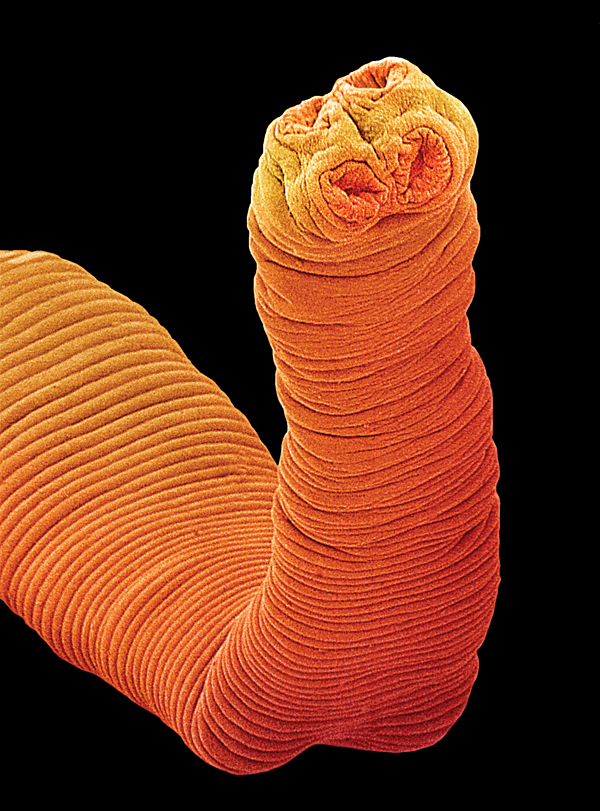
Worms are another type of endoparasite. Parasitic worms include roundworms, thorny-headed worms, and flatworms, including tapeworms and flukes. Parasitic worms may enter the host with food or water. Some enter through the bite of an ectoparasite. They may also enter the body by penetrating the skin, such as the sole of a bare foot. These worms may live in various parts of the body. Many live in the intestines for at least part of the life cycle. For example, tapeworms attach themselves to the intestinal wall with suckers or hooks. Tapeworms absorb nutrients through their skin. They spread to new hosts through hardy eggs that are passed with the feces.
Life cycle.
The life cycles of parasites show tremendous variety. Some parasite life cycles are quite complex. For example, a species of lancet fluke called Dicrocoelium dendriticum lives in the intestines of cattle and other grazers. The parasite’s eggs leave the host in feces. Snails eat the eggs, which hatch and develop in the snail’s body. The snail sheds the fluke larvae in balls of slime from its skin. These balls of slime are eaten by ants. The infected ants may be swallowed by grazing cattle. In the cattle, the flukes mature and reproduce. The lancet fluke must thus infect three species to complete its life cycle.
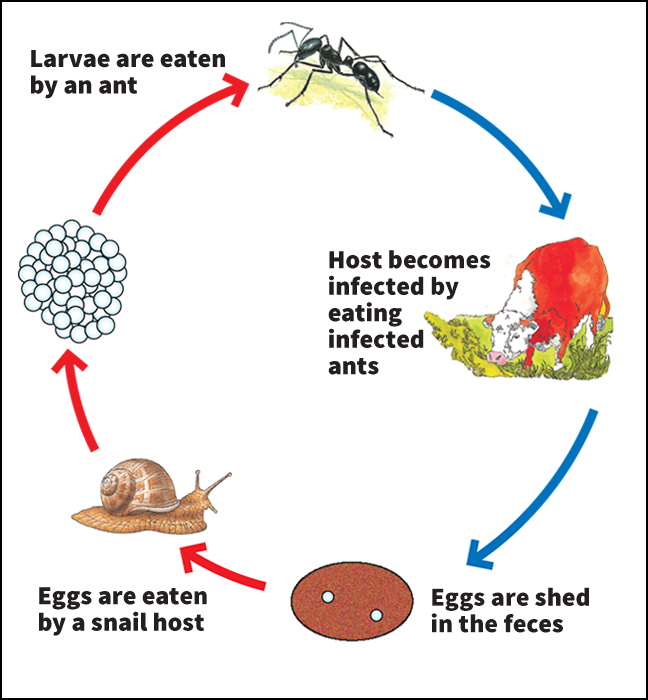
Influence on behavior.
A parasite may influence its host’s behavior to complete the parasite’s life cycle. For example, Dicrocoelium dendriticum influences the behavior of infected ants. At night, an infected ant will climb to the top of a blade of grass, where it is more likely to be eaten by cattle. Uninfected ants tend to remain on the ground, or they return to their nest.
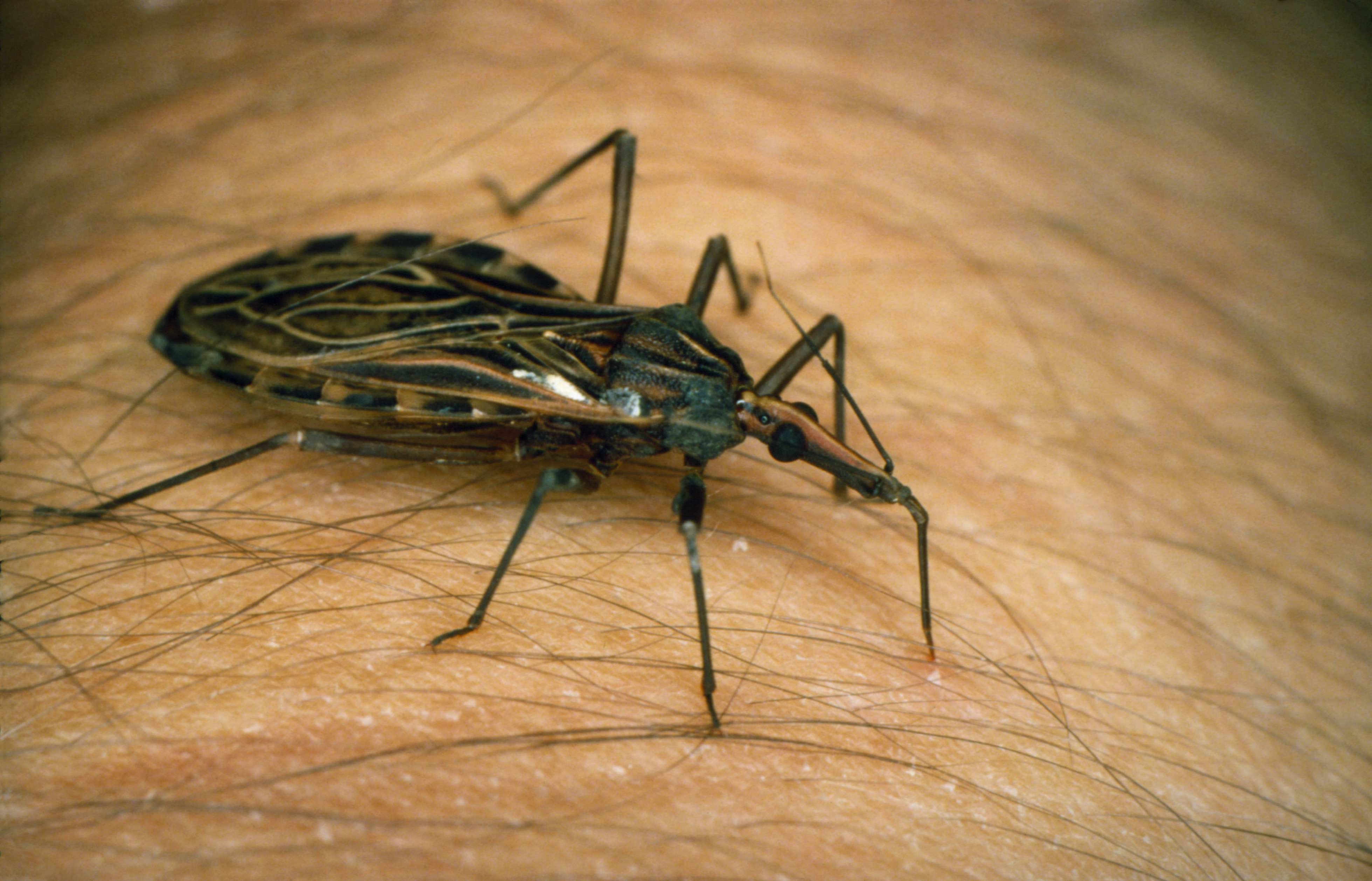
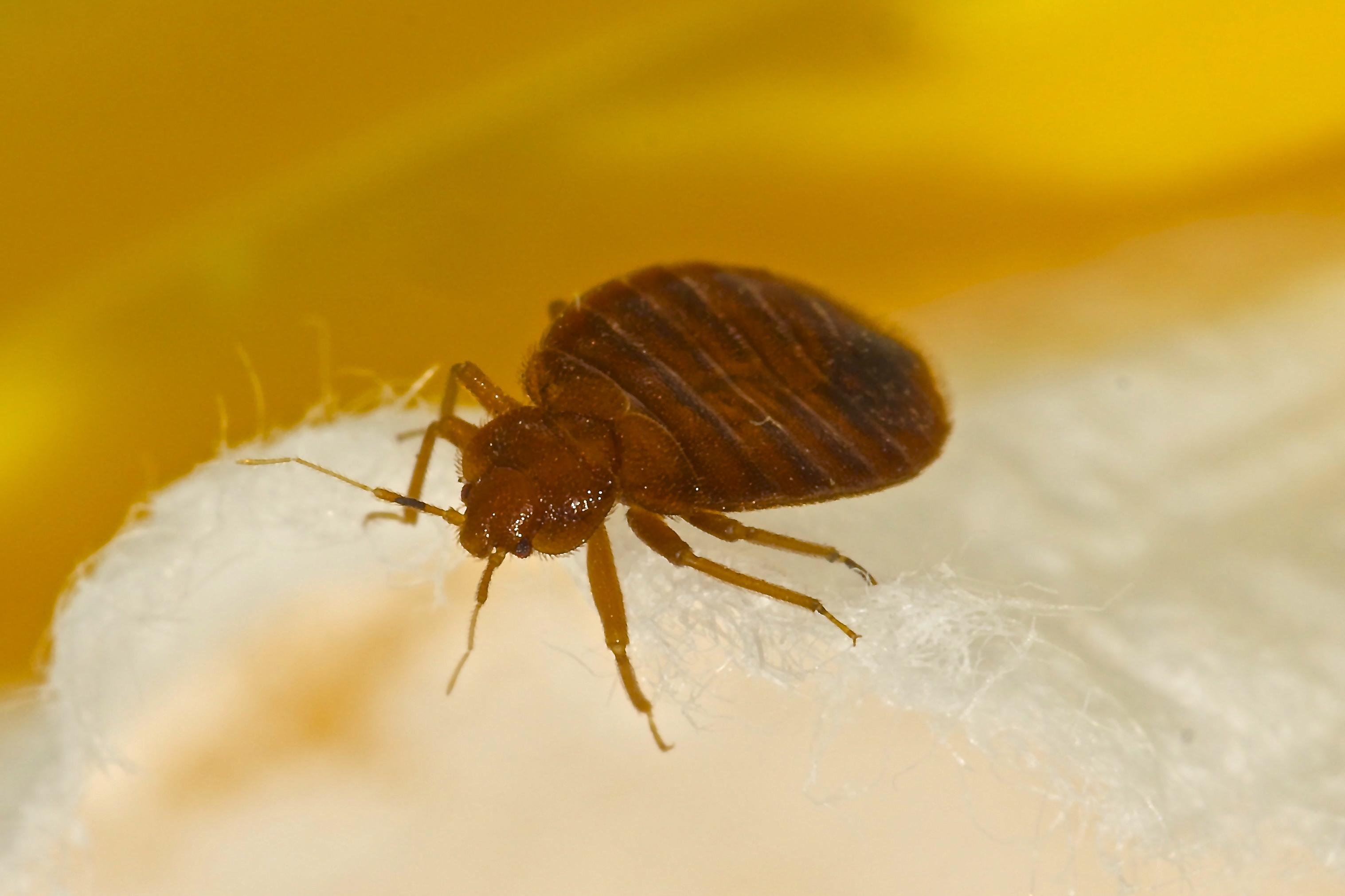
Parasites may cause their hosts to become more reckless. For example, the parasite that causes the disease toxoplasmosis infects mice and rats, among other animals. However, the parasite must enter cats to complete its life cycle. Uninfected mice and rats avoid the odor of cats, which hunt the animals. But infected mice and rats are attracted to cat odor, increasing the chances that they will be eaten. Scientists have discovered many similar examples, including the thorny-headed worms that infect birds and pill bugs. In many cases, it is not known how parasites cause changes in behavior.
